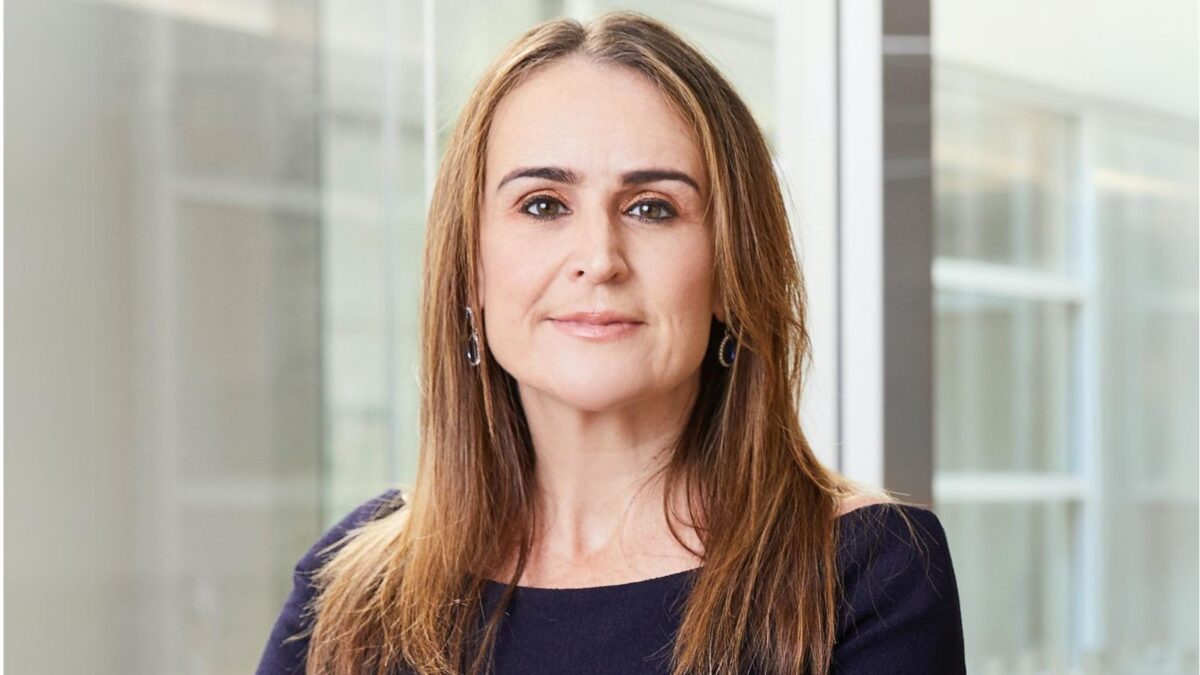A change of retirement plans
by Rob Goodlad*
Recently I decided to examine whether I was one of the lucky baby boomers that just might continue to escape financial hardship. Paul Keating’s comments on the matter rang loud in my ear. He has suggested that it is impossible to work 30 to 35 years and use those accumulated savings within superannuation to live from 65 until 90 years of age.
While my own superannuation account balance is always crystal clear, I felt my retirement income picture was still very nebulous. I was curious to see whether accessing my Super at 55 years of age was feasible. Moreover, I was incentivised to find out whether I would have a sufficient enough income stream to live comfortably until I am really old.
An annual retirement income of between $50,000 and $55,000 is generally regarded as a safe and comfortable target. At age 54, and with a reasonable amount now in my own superannuation account, I was interested to see by how much I have beaten this target. How embarrassing to think that I have worked in the financial markets for over 30 years and had not done this before.
I decided to get confirmation of what income stream I might secure by tinkering with a retirement income calculator. I chose a well-known superannuation groups’ website and discovered that the various scenarios you can create have greater significance at my age and make any post-modern investment modeling process relatively user friendly. The results are a little crude, for example they don’t consider tax trigger points but it is still a very valuable exercise.
Not a great outcome
Bottom line, the forward income estimates of the scenarios that I envisaged looked much worse than I had expected. The calculator indicated that my expected income up until 90 years of age was going to be $25,000 per year shy of what I had hoped for. Alarm bells rang. What’s worse, I am going to be broke in my 80’s and reliant on government handouts. If I retired at age 55, unless I changed my thinking I had both an inescapable and sub optimal outcome. Like many others in their 50’s, I am also a single parent and have additional expenses from what I had anticipated 10 years ago. I needed to act.
Recalibrating the many inputs on these calculators to produce an income (or capital) sum result, allows you to more closely achieve your forced ranked objectives. Many things came to mind when I deconstructed the inputs entered for various outcomes. What I found most illuminating was the variations of the results produced in tinkering with the inputs provided spectacularly different outcomes. This shouldn’t be surprising given we are tweaking the investing parameters of a savings pool over a whopping 30 years.
My only investment objective till now was to grow as large a capital sum as possible. It made sense. My retirement income stream would then be the fallout and determined by prevailing market forces. Having seen the shortfall in my desired income however, I needed to think differently about my investment structure, additional contributions and when I should retire. I must now only focus on a retirement income target and then the other decisions that affect that will become more clear and set the investment scene for me.
The initial option on these calculators asks for a desired retirement income commencing at age 65 and then in perpetuity. Good luck trying to work out what expenses you are going to require at age 80 plus. I was curious to see whether my own expenses were going to add up to be two thirds of my existing after tax income? The reality for most people is that they are likely to be at their peak earning capacity when they leave their final job and probably require less to survive comfortably in retirement. Many people have paid down their mortgages and the kids have left home, so the glide path for budgeting purposes can be determined fairly easily. For me however, it was Chook Lotto and my expense profile in 10 and 20 years was more uncertain.
A different outlook
Firstly I discovered that by working longer, still contributing to super, and leaving my savings pot invested for an additional 10 to 12 years, I could dramatically improve my retirement income. For example let’s consider a 54 year old, with a $500,000 capital sum still contributing to super from an annual salary of $100,000. Assume a 6.5 per cent return over the long term, and an expected capital loss of one in five years. What happens when you delay the retirement age?
The difference in retirement income is considerable and a significant enough magnitude to shift someone from a distressed life and into a quite comfortable living bracket. This is the difference between having decent holidays or being able to afford better aged care. A compelling incentive to work longer and delay retirement.
Let’s now look at investment risk profiles. Changing the investment parameters from the default medium risk setting to a higher risk setting for a person working until 67 years of age and then living until 90 years of age.
Even anticipating regular periods of negative returns, the long run outcome is significantly better. Why wouldn’t you want to remain in growth investments, if you are going to live for at least another 25 years? Changing the growth mix of the portfolio to higher growth investments theoretically provides an additional $10,000 in retirement income each year. In considering a 35 plus investment cycle, I made the firm resolution that I wasn’t going to stress too much about de-risking an investment on the lead up to, and during the first one or two trimesters of my retirement.
Deferred annuities
Finally, taking on a 20-year annuity product at retirement age provides peace of mind against capricious markets. Rather than fix a conservative income stream from day one however, I determined that my own preference would be to find a deferred lifetime annuity or alternative insurance product to plug my longevity concern. By that, I mean a safety net strategy that I can exercise at say age 85, if indeed I do survive into my 90s.
While the table below does not allow for the cost of a deferred lifetime annuity or insurance product, it does illustrate the change to income by reducing the age you want your super to last, should you purchase a deferred annuity that kicks in at 85 years of age.
It’s little wonder people have lost sight of how best to set reasonable goals and objectives for their lifetime savings. It’s not easy, investment markets are complex and the goal posts keep changing.
There is a need for greater education and debate about adequacy, retirement income planning and what people can do to achieve their income retirement goals. Should I retire at 55 years of age? Should I stay in growth assets for 25 to 30 years? Should I consider an insurance strategy if I end up living for a long time? For me, the answers are all clear.
*Rob Goodlad was the former managing director at State Street Global Advisors.













